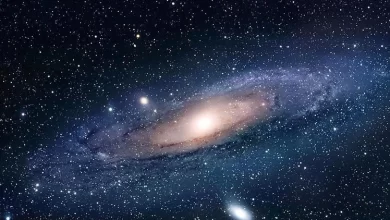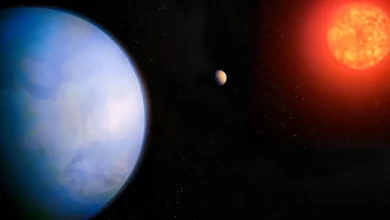
Jupiter’s most volcanic moon Io has been under closer and closer scrutiny by NASA over the past few years. The first close images in 25 years revealed that a new volcano has erupted south of the moon’s equator. It was revealed that the volcano covers an area of about 180 kilometres.
The discoveries made every day in space continue to excite. NASA’s Juno spacecraft has been observing Jupiter’s most volcanic moon Io more and more closely over the past few years. Io is known as the most volcanic body in the Solar System. Juno’s latest images show that the region, which was surveyed by NASA’s Galileo spacecraft in 1997, is now covered by a massive volcano.
This new volcano is located right next to the existing volcano Kanehekili.

A GIGANTIC VOLCANO
Images obtained during Juno’s flyby in February 2024 show the volcano covering an area of about 180 kilometres with a large lava flow and volcanic deposits. Experts suggest that Jupiter’s strong tidal heat, which shapes Io’s internal structure, is the source of this volcanic activity.
IMPORTANT STEP FOR NASA
NASA officials emphasise that this new discovery on Io is an important step in learning more about the moon’s volcanic history and geological processes.
Although Juno’s observations on Io will continue, it will be difficult to obtain such detailed data as it will move further away in future flights.
These images taken by Juno can help answer many unknown questions, such as how Io’s surface has been reshaped over time and how volcanism affects the satellite’s thin atmosphere.






